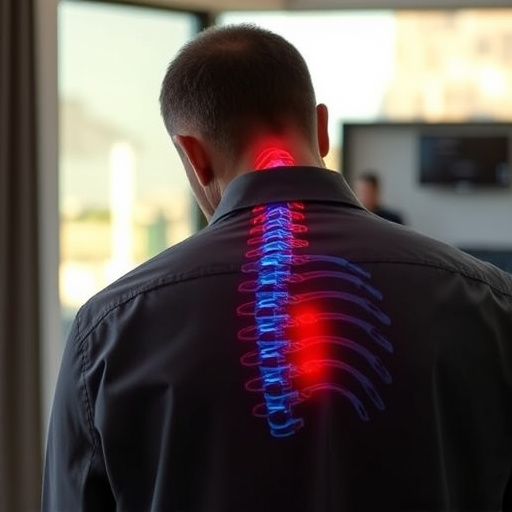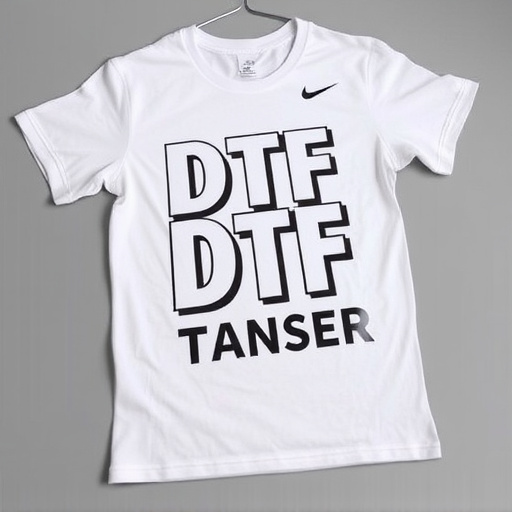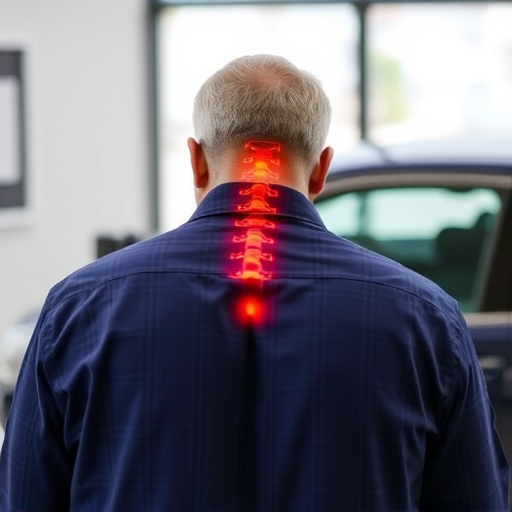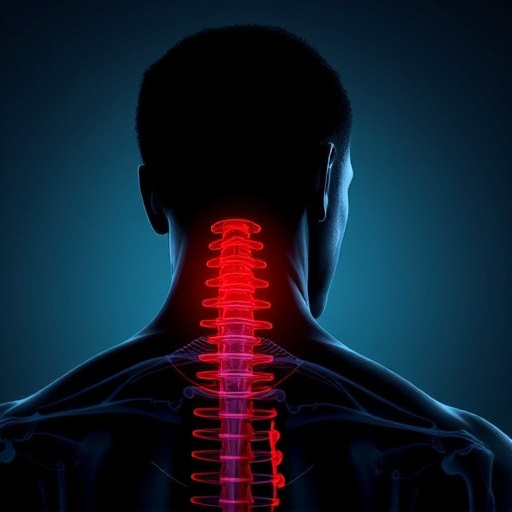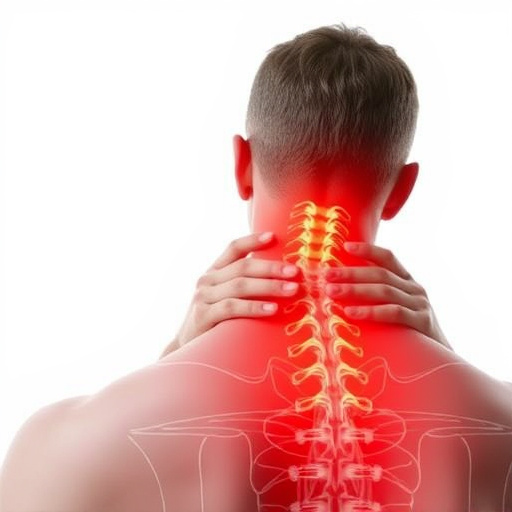Vertebral misalignments, common in work-related injuries, cause nerve pressure leading to pain. Chiropractic care, a key component of workers compensation injury care, corrects these misalignments through precise spinal adjustments. Techniques like chiropractic manipulation and spinal decompression therapy target conditions like herniated discs and scoliosis, aiding recovery and return to work. Dedicated programs offering medical professionals, rehabilitation services, and emotional support enhance workers' compensation injury care. Corrective realignment has proven successful for chronic pain, improving mobility and quality of life. Choosing experienced specialists with knowledge of workers' compensation regulations ensures optimal results and streamlined claims processes.
“Discover the power of corrective realignment as a non-invasive approach to pain relief, especially relevant in workers’ compensation injury care. This comprehensive guide explores how misalignments in your vertebrae can lead to chronic pain and how realigning them can bring significant relief. We delve into various techniques, benefits, risks, and success stories, offering expert insights on choosing the right healthcare provider for optimal results. Understand the role of vertebral realignment in workers’ compensation, enhancing recovery and returning you to work.”
- Understanding Vertebral Misalignments and Their Impact on Pain Relief
- The Role of Corrective Realignment in Workers' Compensation Injury Care
- Common Techniques for Vertebrae Realignment: A Comprehensive Overview
- Benefits and Potential Risks: Weighing the Pros and Cons of Treatment
- Success Stories: Real-Life Examples of Effective Vertebrae Correction
- Choosing the Right Healthcare Provider: Expert Guidance for Optimal Results
Understanding Vertebral Misalignments and Their Impact on Pain Relief

Vertebral misalignments, often referred to as spinal misalignments or subluxations, occur when the bones of the spine deviate from their normal positions. This can happen due to various factors such as injuries, poor posture, or age-related wear and tear. When these misalignments exist, they can put pressure on nerves, muscles, and surrounding structures, leading to pain and discomfort. Understanding where and how these misalignments occur is crucial in developing effective strategies for pain relief, especially for workers compensation injury care.
In the context of work-related injuries, corrective realignment of vertebrae can play a significant role in managing and alleviating pain. Chiropractic care, a common approach for such conditions, focuses on adjusting and realigning the spine to reduce pressure on nerves and restore normal spinal function. This can be particularly beneficial for workers who suffer from chronic pain due to repetitive strain or acute injuries, aiming to enhance their quality of life and return them to productive work more quickly.
The Role of Corrective Realignment in Workers' Compensation Injury Care

In the realm of workers’ compensation injury care, corrective realignment of vertebrae plays a pivotal role in pain relief and rehabilitation. When an employee sustains an injury on the job, leading to spinal misalignments or damage to the vertebral column, precise realignment techniques become essential components of treatment plans. These methods not only alleviate immediate discomfort but also aim to restore proper anatomical alignment, which is crucial for long-term mobility and function.
Corrective realignment involves skilled professionals manipulating the spine to correct abnormalities, such as herniated discs or scoliosis. By realigning the vertebrae, pressure on nerve roots and sensitive structures is reduced, addressing the root causes of pain that often plague workers post-injury. This targeted approach complements traditional worker’s compensation injury care protocols, offering a more comprehensive strategy for successful recovery and a return to productive work.
Common Techniques for Vertebrae Realignment: A Comprehensive Overview

The corrective realignment of vertebrae involves specialized techniques aimed at alleviating pain and restoring spinal function. One common method is chiropractic manipulation, where trained professionals use controlled forces to adjust the position of the vertebrae. This non-surgical approach has proven effective for many patients suffering from back pain, especially those involved in workers compensation injury care.
Other techniques include spinal decompression therapy, which involves gently stretching the spine to reduce pressure on the vertebrae and surrounding structures. This method is particularly beneficial for individuals with herniated discs or spinal stenosis. Additionally, advanced technologies like spinal manipulation under fluoroscopy offer precise adjustments, ensuring accurate and controlled realignment. These comprehensive approaches cater to various spinal conditions, offering relief and improving overall mobility for those seeking workers compensation injury care.
Benefits and Potential Risks: Weighing the Pros and Cons of Treatment

Success Stories: Real-Life Examples of Effective Vertebrae Correction

Many patients have found relief from chronic pain through corrective realignment of vertebrae, often after suffering a worker’s compensation injury. These real-life success stories highlight the transformative power of this treatment approach. For instance, individuals struggling with conditions like herniated discs or spinal stenosis have reported significant improvements in mobility and reduced pain levels following vertebrae correction therapies.
The process involves specialized techniques to gently adjust the alignment of the spine, relieving pressure on affected nerves. This non-invasive method has shown promise for those seeking alternative care options, especially after conventional treatments have not provided lasting relief. Workers compensation injury care often benefits from these innovative approaches, offering a chance for employees to regain their mobility and return to work with improved quality of life.
Choosing the Right Healthcare Provider: Expert Guidance for Optimal Results

Choosing the right healthcare provider is a crucial step in effectively managing and treating a workers’ compensation injury, especially when it involves corrective realignment of vertebrae for pain relief. It’s essential to seek out experts who specialize in spine care and have extensive experience with such procedures. Look for providers certified by reputable organizations, as this ensures they adhere to high standards of practice.
Optimal results often depend on expert guidance that considers individual needs and conditions. Chiropractors, orthopedists, and neurosurgeons are among the specialists who can offer specialized care. A healthcare provider with knowledge of workers’ compensation regulations is also important, ensuring that treatments align with legal requirements and facilitating smoother claims processes.

